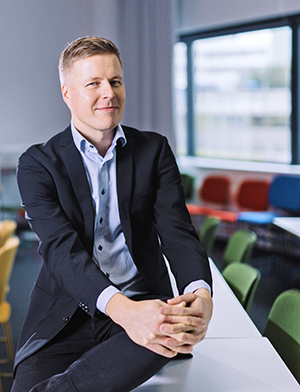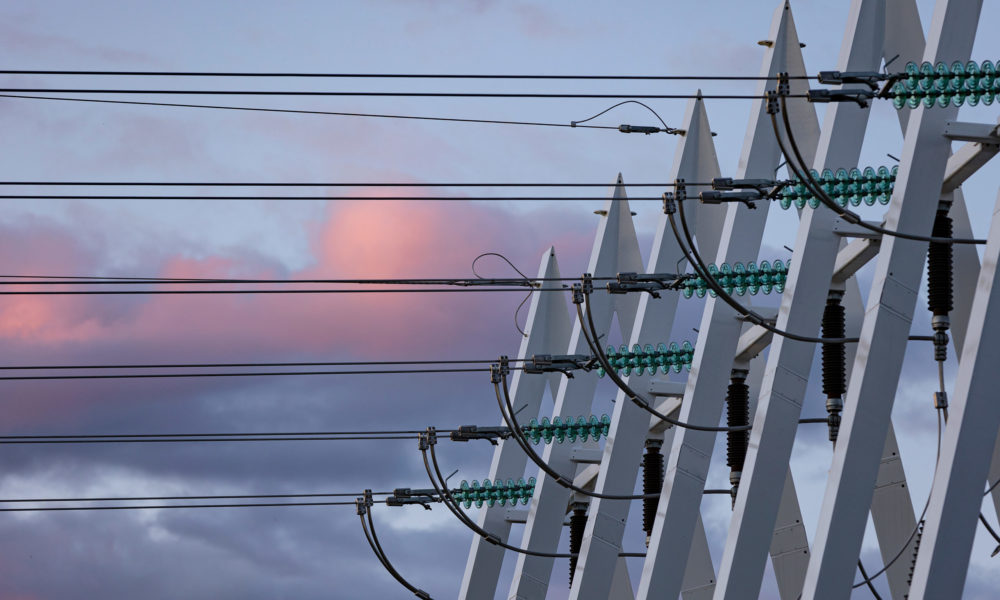
Connecting renewable forms of energy to the grid entails opportunities and challenges. The number of organisations active in the electricity market with decentralised resources is constantly increasing, and this will enable more market flexibility.
Flexible resources include generation units, battery storage facilities, micronetworks, charging and connecting cables for electric vehicles and other units that act as controllable loads. These are currently the subjects of numerous development projects aiming to contribute to the creation of reliable, flexible markets.
Tuomas Rauhala, Manager of Fingrid’s HVDC Unit, says that the ongoing projects complement each other and form an entity that can enable the more rapid genesis of cost-efficient flexible markets.
“One of these projects is CrossFlex, which aims to promote the integration of renewable energy into the grid and increase the flexibility of the power system through investments in flexible resources and smart grid solutions,” says Rauhala.
CrossFlex combines three aspects in the development of flexible markets: investments in flexible resources, flexible market platforms and HVDC connections.
CrossFlex is a flexible resource project initiated in the spring by Fingrid, Elering of Estonia and Kraftnät Åland of the Åland Islands. The project was conceived on the basis of existing needs and prior projects.
EU funding accelerates project execution
Around a dozen partners have been selected for the flexible resource project, and the resulting consortium is able to apply for EU funding for targeted infrastructure investments under the Connecting Europe Facility (CEF) once the project has been granted Project of Common Interest (PCI) status by the European Commission.
“The decision on PCI status will be taken during the fall. If everything goes to plan, it will probably be possible to apply for CEF funding in spring next year,” Rauhala estimates.
According to Rauhala, EU funding will enable more comprehensive development of investments in promoting flexible markets, a sensible outcome for all involved, and one that would accelerate market development.
“This is a way of developing flexible markets in collaboration between the organisations offering services on the market and the entities responsible for reliability. Markets seek cost-efficiency, but we are also interested in perspectives surrounding reliability and contingencies for emergencies – areas that are at the core of our business but are not generally the concern of the market. It is important that we are all involved in drawing up ground rules as the industry undergoes a transformation,” Rauhala says.
Flexible market platforms and HVDC connections support new services
In order for new services to arise, the infrastructure must be developed to enable them. CrossFlex’s projects in the two other areas support this development work.
The joint European INTERRFACE flexible market platform project is one of the research projects funded under the EU’s extensive Horizon 2020 programme. Fingrid and Elering are involved in this project, which seeks solutions for flexible market platforms that enable decentralised resources to be used for maintaining the power balance, as well as for the needs of distribution systems and balance providers.
The third area of the CrossFlex project is related to developing the HVDC undersea cable connections between Finland and Estonia and between Finland and the Åland Islands. At present, these cables enable the majority of Finland’s cross-border transfer capacity in the electricity market in the Baltic Sea region. •






